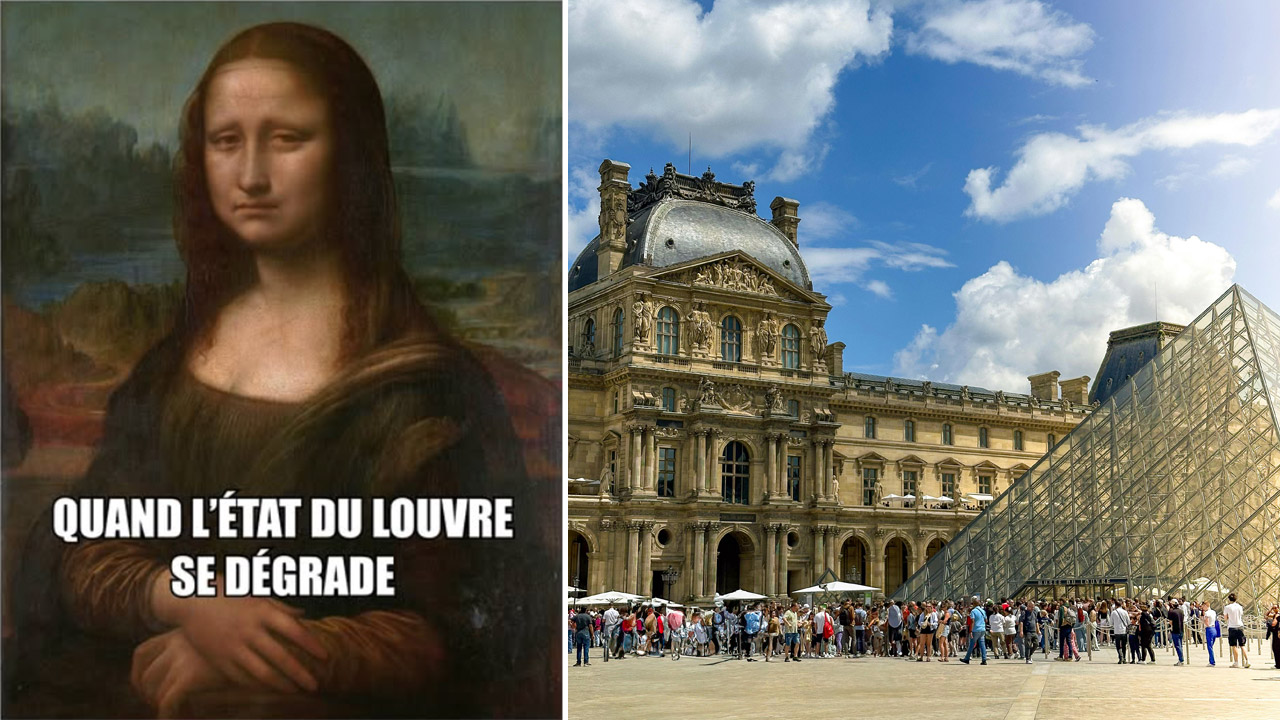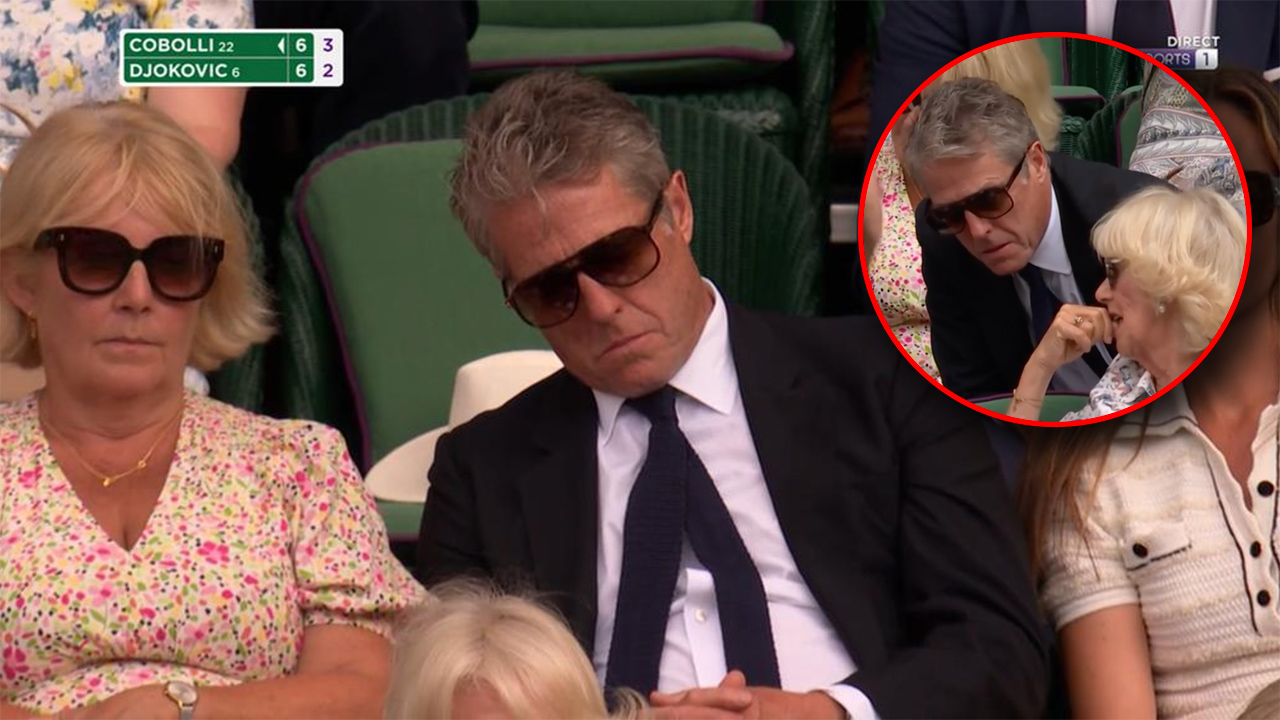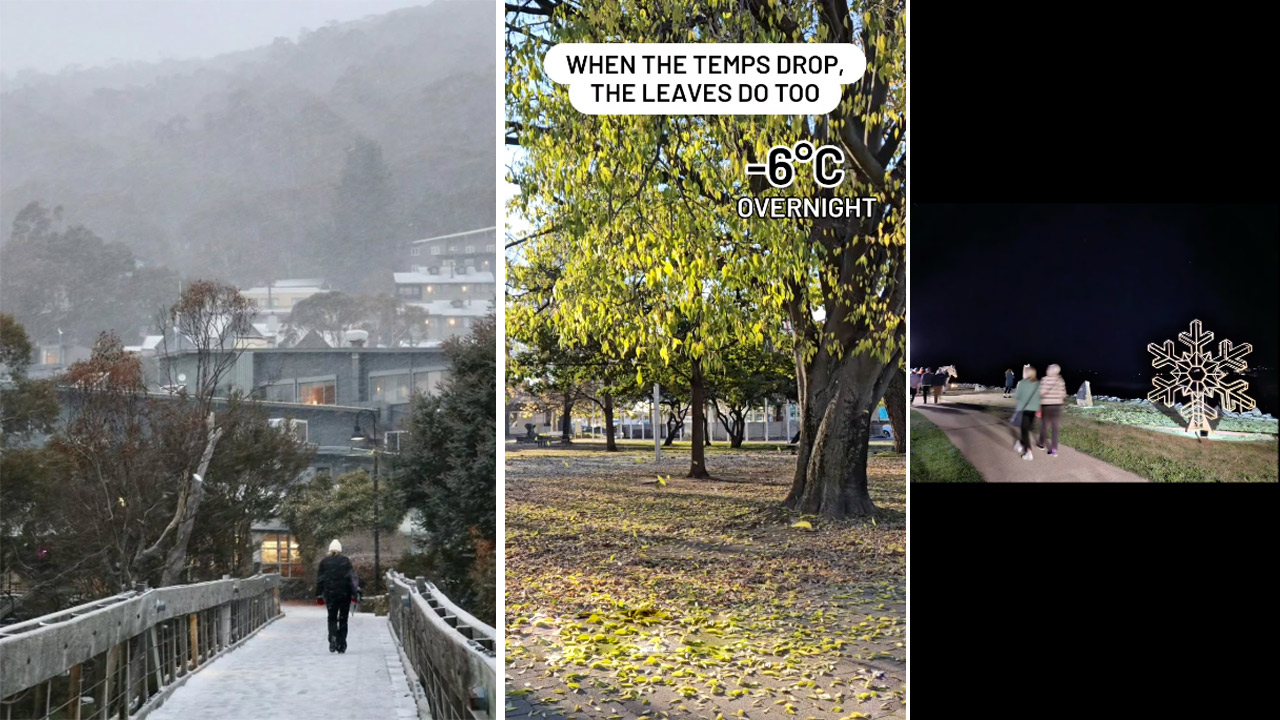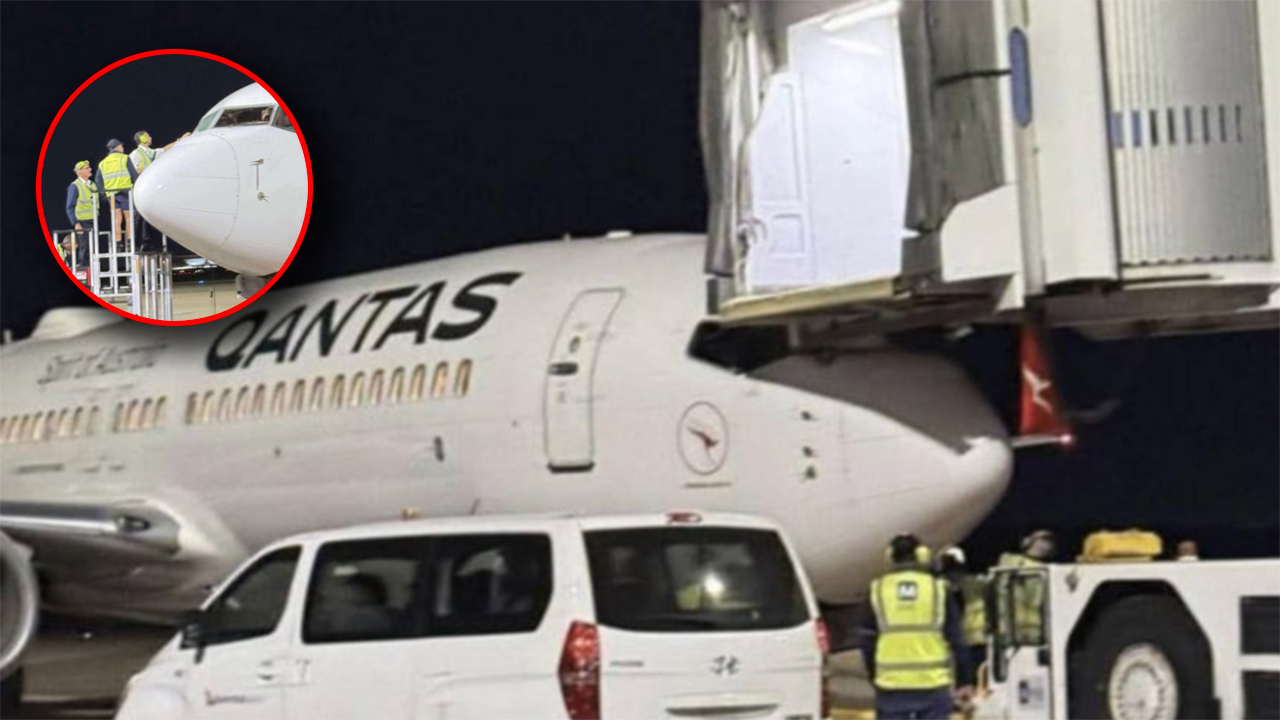The Louvre Museum, global icon of art and culture, stood eerily silent on Monday as striking staff forced its sudden closure, leaving thousands of bewildered tourists stranded beneath its iconic glass pyramid.
In a dramatic scene rarely witnessed at the world’s most-visited museum, the very people entrusted with preserving and presenting humanity’s greatest artistic treasures – from the Mona Lisa to the Venus de Milo – walked off the job in protest at what they describe as dangerous overcrowding, chronic understaffing, and decaying infrastructure.
“It’s the Mona Lisa moan out here,” quipped Kevin Ward, 62, a visitor from Milwaukee, as he waited in an unmoving queue. “Thousands of people waiting, no communication, no explanation. I guess even she needs a day off.”
The walkout came without warning during a routine internal meeting, as gallery attendants, security staff and ticket agents jointly refused to take their posts. While the Louvre has closed its doors in the past – during wars, the pandemic, or in isolated strikes — rarely has it done so so abruptly, leaving crowds with tickets in hand and nowhere to go.
Monday’s strike follows a wave of anti-tourism protests across southern Europe just a day earlier, where thousands in cities like Venice, Lisbon and Barcelona rallied against what they say is the destructive impact of mass tourism.
Inside the Louvre, workers say they’ve reached a breaking point. “We can’t wait six years for help,” said gallery attendant Sarah Sefian, referring to President Emmanuel Macron’s decade-long “Louvre New Renaissance” rescue plan announced earlier this year. “Our teams are under pressure now. It’s not just about the art – it’s about the people protecting it.”
The Mona Lisa lies at the heart of the storm. Around 20,000 visitors daily cram into the Salle des États to glimpse da Vinci’s masterpiece – a scene more akin to a rock concert than a contemplative art experience. “You don’t see a painting,” lamented Ji-Hyun Park, 28, visiting from Seoul. “You see phones. You see elbows. You feel heat. And then, you’re pushed out.”
Macron’s ambitious plan promises a dedicated Mona Lisa room, a new Seine-side entrance, and a modernised visitor experience by 2031. Yet staff argue that these promises mask a deeper crisis, with state funding for the Louvre’s operations shrinking by more than 20% over the past decade even as visitor numbers have soared.
“We take it very badly that Monsieur Le President makes his speeches here,” said Sefian. “Scratch the surface and the financial support gets worse every year.”
Louvre president Laurence des Cars, in a leaked memo, described parts of the building as “no longer watertight” and warned of dangerous temperature fluctuations that could threaten priceless artworks. She characterised the visitor experience as “a physical ordeal,” citing limited bathrooms, poor signage and few rest areas, exacerbated by the pyramid’s greenhouse effect in summer heat.
By late Monday, workers said they might briefly reopen a limited “masterpiece route” – offering access to the Mona Lisa and other highlights – but the full museum is expected to remain closed until at least Wednesday.
As the Louvre teeters between record-breaking crowds and crumbling infrastructure, staff and visitors alike are left grappling with an unsettling reality: France’s most cherished cultural treasure is struggling to cope with the very popularity that makes it world-famous.
Images: Instagram / Pexels / Mahmut












